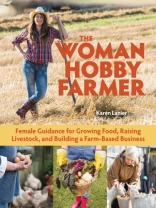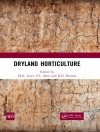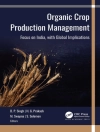Hobby farming is alive and thriving in semi-rural, suburban, and rural areas across the country, and female farmers have been cited as the fastest growing sector within the farming community in recent years. With more than 1 million women in the United States and Canada describing farming as their primary source of income, and many more for whom hobby farming is just that—a hobby—the time is right for a publication dedicated to hobby farming from a female perspective. Written for women, by a woman, this insightful volume is packed with stories and advice from women hobby farmers and looks at female-specific farming challenges as well as issues that all farmers face.Inside The Woman Hobby Farmer:•Discussions on the who, what, why, and where of hobby farming•Deciding on your farming goals and making a plan•What to expect in your new endeavor•How to decide what to plant and prepare your planting sites•Advice on feeding, caring for, and housing different types of livestock•A look at ‘agripreneurship’—running and marketing your hobby farm as a successful business•Stories, quotes, and advice from successful female hobby farmers
Tabela de Conteúdo
Introduction Chapter 1: Assessments and Planning Chapter 2: Taking Care of Your Farm Chapter 3: Taking Care of Yourself Chapter 4: Sharing the Bounty Chapter 5: Being Teacher and Student Chapter 6: Lessons Learned Chapter 7: Integrating Farm and Life Sources and Recommended Reading
Sobre o autor
Karen Lanier is a naturalist, documentarian, teacher, artist, and gardener who explores the intersections of nature and culture. Karen holds degrees in photography, foreign language, conservation studies, and documentary studies as well as a professional environmental educator certificate. Karen worked as a seasonal park ranger in state and national parks across the US before settling in Kentucky. Her Americorps volunteer experience with Seedleaf, a community gardening nonprofit, helped her shift her migratory perspective on life toward putting down roots. She is actively involved with native plant, community gardening, and environmental education groups in her area.












